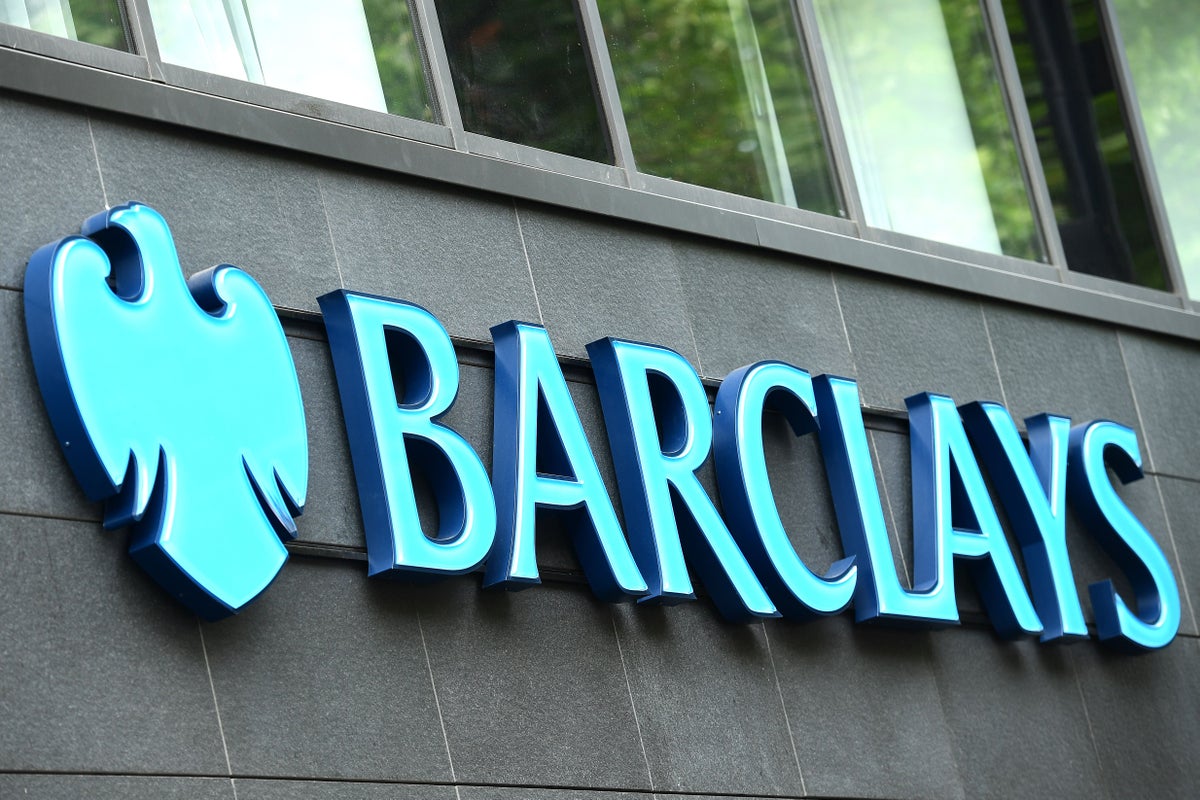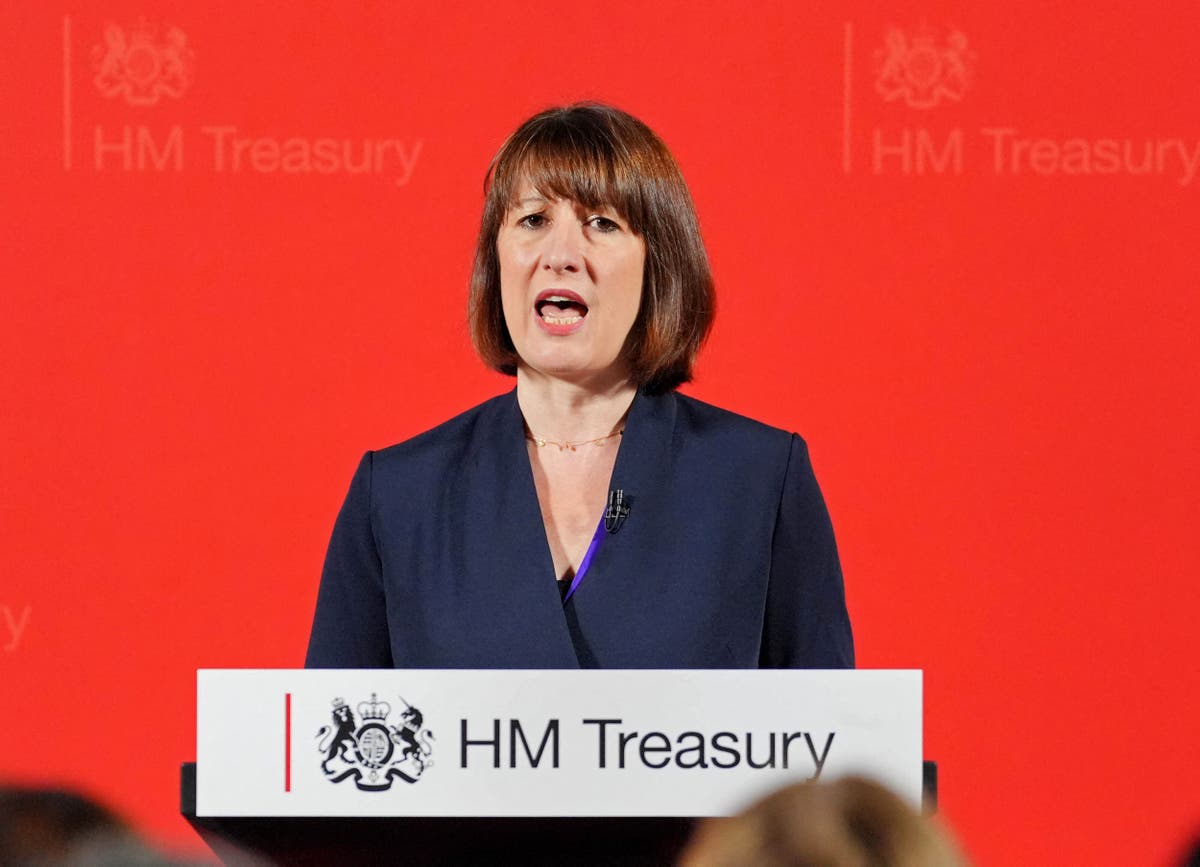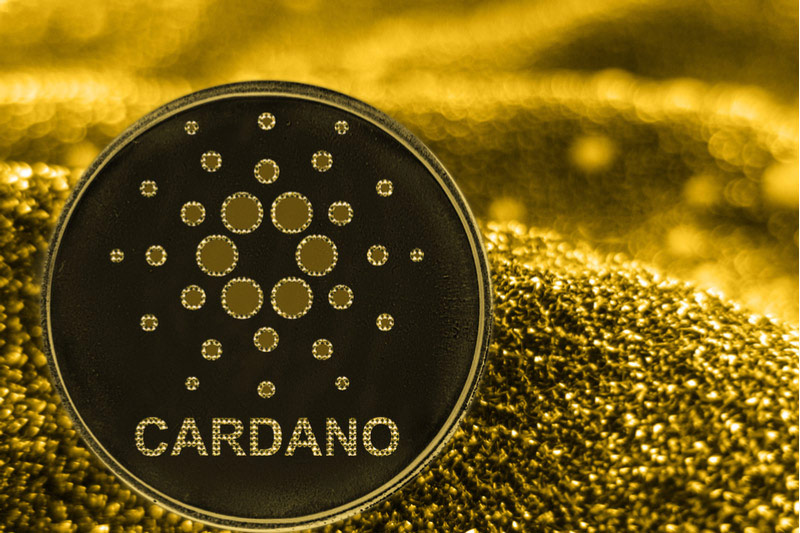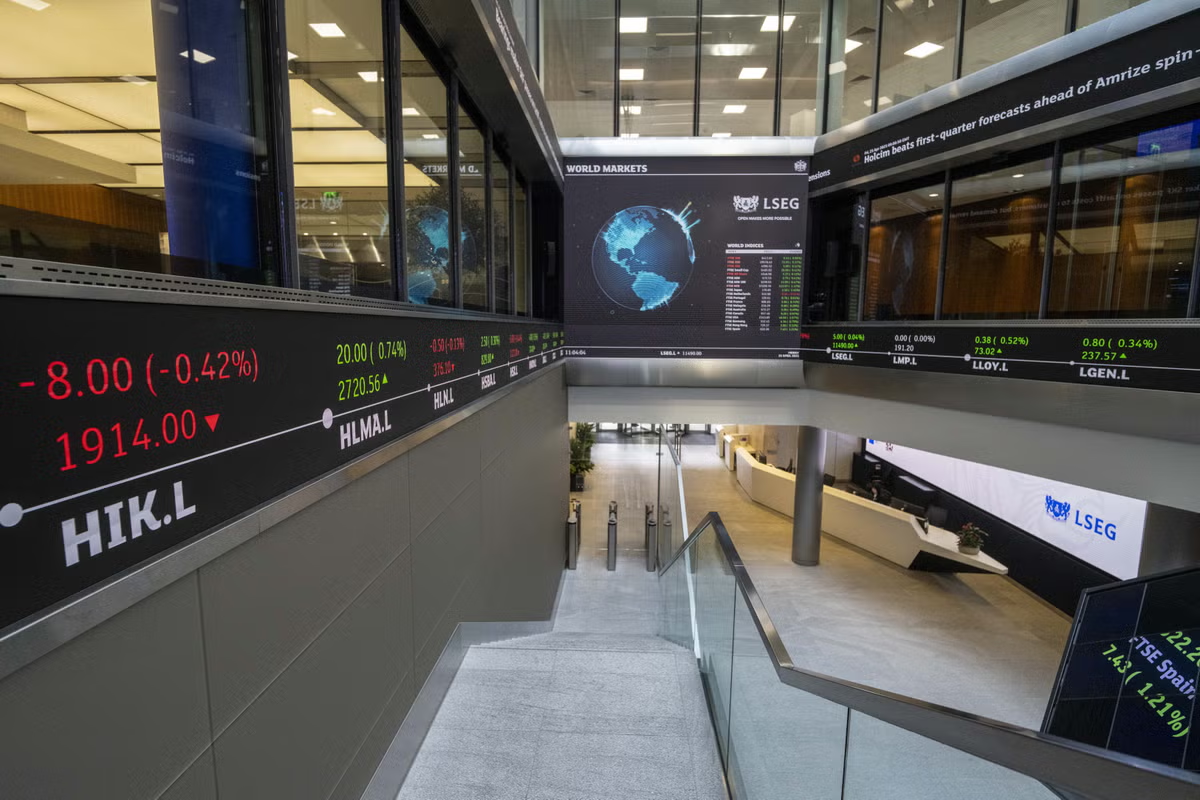Alcumus SafeContractor is a Business Reporter client
Antony Hanley, Senior Vice President of Supply Chain Compliance at Alcumus SafeContractor, sat down with Business Reporter to discuss something that has become incredibly important in today's business world: supply chain transparency and compliance.
As sustainability becomes more important and regulations become stricter, companies are feeling the pressure to ensure their supply chains are credible and compliant. But what does that really mean?
Supply chain transparency, Hanley explains, is about knowing who is in the supply chain and understanding the risks associated with each supplier. This involves assessing and auditing a variety of standards, ranging from health and safety practices to sustainability initiatives, environmental policies and ethical labour practices. Surprisingly, many mid-sized and large organisations don’t have a complete understanding of their supply chain. What about you?
We asked Hanley why this topic has become such a hot topic lately. He identified two big reasons:
- The COVID-19 pandemic was an eye-opener. It exposed how vulnerable our supply chains can be and highlighted the need for greater visibility and contingency planning.
- A wave of new legislation is on the way, putting pressure on companies to improve their transparency and compliance.
However, achieving visibility across the supply chain is a challenge. Many organisations struggle with a lack of internal expertise, insufficient resources to thoroughly assess suppliers and disparate data stored across multiple systems. Hanley emphasises that the consequences of inaction can be severe, leading to serious incidents, deaths, reputational damage and financial loss.
Alcumus SafeContractor helps organizations understand compliance and non-compliance across their entire supply chain, from Tier 1 suppliers to the most advanced. Its process involves an initial discovery meeting with various departments followed by a comprehensive supply chain audit. SafeContractor’s team of qualified experts assesses suppliers based on their specific functions, job categories, and activities.
The audit process typically takes around 12 weeks and provides a clear picture of compliance levels and areas in need of improvement. This allows organisations to focus their resources on addressing gaps and blind spots in their supply chain. However, from day one, organisations can access SafeContractor’s network of over 37,000 approved contractors and verified suppliers.
Hanley concludes with three key takeaways:
- Act now: With increasing legislation, doing nothing is not an option.
- Recognize the benefits: Improving supply chain transparency can lead to operational efficiencies and cost savings.
- Do it because it's right: Beyond regulatory compliance, organizations must prioritize transparency as an ethical imperative.
By partnering with SafeContractor, companies can address the complexities of supply chain compliance, mitigate risks, and develop more resilient and transparent operations.
Discover the benefits of SafeContractor here.










